Human activities are having a profound detrimental impact on our planet’s biodiversity, yet we have not observed a commensurate shift in people’s mindset to achieve a more harmonious relationship between people and nature. As such, the need to shift the public’s understanding of our ecological impact continues to activate the role of science communication. There is mounting interest in integrating art with science as an influential communication practice to tackle the ecological crisis. Creating art inspired by ecological science can increase the public’s understanding of biodiversity through provoking a mindful and emotional response. The arts can provide a platform for expression and reflection on critical issues which traditional communication and outreach methods typically cannot.
Building on the mounting interest in ‘ArtScience’, this study designed a synergistic approach to communicating the importance of urban biodiversity by integrating participatory art and ecology. My study evaluated the outcomes from three participatory ‘ArtScience’ workshops delivered at The Living Pavilion, a temporary, Indigenous-led event space that took place in Melbourne during three weeks in May 2019. This research revealed three themes emerging from the participant experiences in the workshops: 1) discovery (cognitive learning/head/critical reflection); 2) flow (practical/hands-on learning/deep engagement), and; 3) attunement (ecological awareness and nature connection/emotional learning/heart/relational knowing).
This research highlights the positive potential of integrating the head, heart, and hand model of engagement and learning through participatory ‘ArtScience’ communication practice. This mode of activating science communication may provide deep emotional connections to nature, new ways of thinking and bolster ecological awareness.
Building on the mounting interest in ‘ArtScience’, this study designed a synergistic approach to communicating the importance of urban biodiversity by integrating participatory art and ecology. My study evaluated the outcomes from three participatory ‘ArtScience’ workshops delivered at The Living Pavilion, a temporary, Indigenous-led event space that took place in Melbourne during three weeks in May 2019. This research revealed three themes emerging from the participant experiences in the workshops: 1) discovery (cognitive learning/head/critical reflection); 2) flow (practical/hands-on learning/deep engagement), and; 3) attunement (ecological awareness and nature connection/emotional learning/heart/relational knowing).
This research highlights the positive potential of integrating the head, heart, and hand model of engagement and learning through participatory ‘ArtScience’ communication practice. This mode of activating science communication may provide deep emotional connections to nature, new ways of thinking and bolster ecological awareness.
Presenters
Christina Renowden, Ecologist/Masters student, Leap into Nature
When: Monday 17th February, 12:00pm-1:00pm
Where: Room G02, Learning and Teaching Building, 19 Ancora Imparo Way, Clayton
Hashtag: TBC


















